The History of Baseball's Development

The development of baseball can be traced through several key stages:
Early Variations: Baseball's roots can be found in various bat-and-ball games played in England during the 18th and 19th centuries, such as rounders and town ball. These games involved hitting a ball with a stick and running around bases.
Knickerbocker Rules: In 1845, the Knickerbocker Base Ball Club in New York City codified a set of rules for the game, known as the Knickerbocker Rules. These rules established the diamond-shaped infield, foul lines, and the three-strike rule, among other innovations.
Organized Play: The Knickerbocker Club and other amateur clubs began organizing games and matches, leading to the formation of the National Association of Base Ball Players (NABBP) in 1857. This marked the beginning of organized baseball in the United States.
Professionalization: By the late 1860s, baseball had become increasingly popular, and players began to be compensated for their participation. In 1869, the Cincinnati Red Stockings became the first openly professional baseball team, paving the way for the establishment of the first fully professional league, the National Association of Professional Base Ball Players (NA), in 1871.
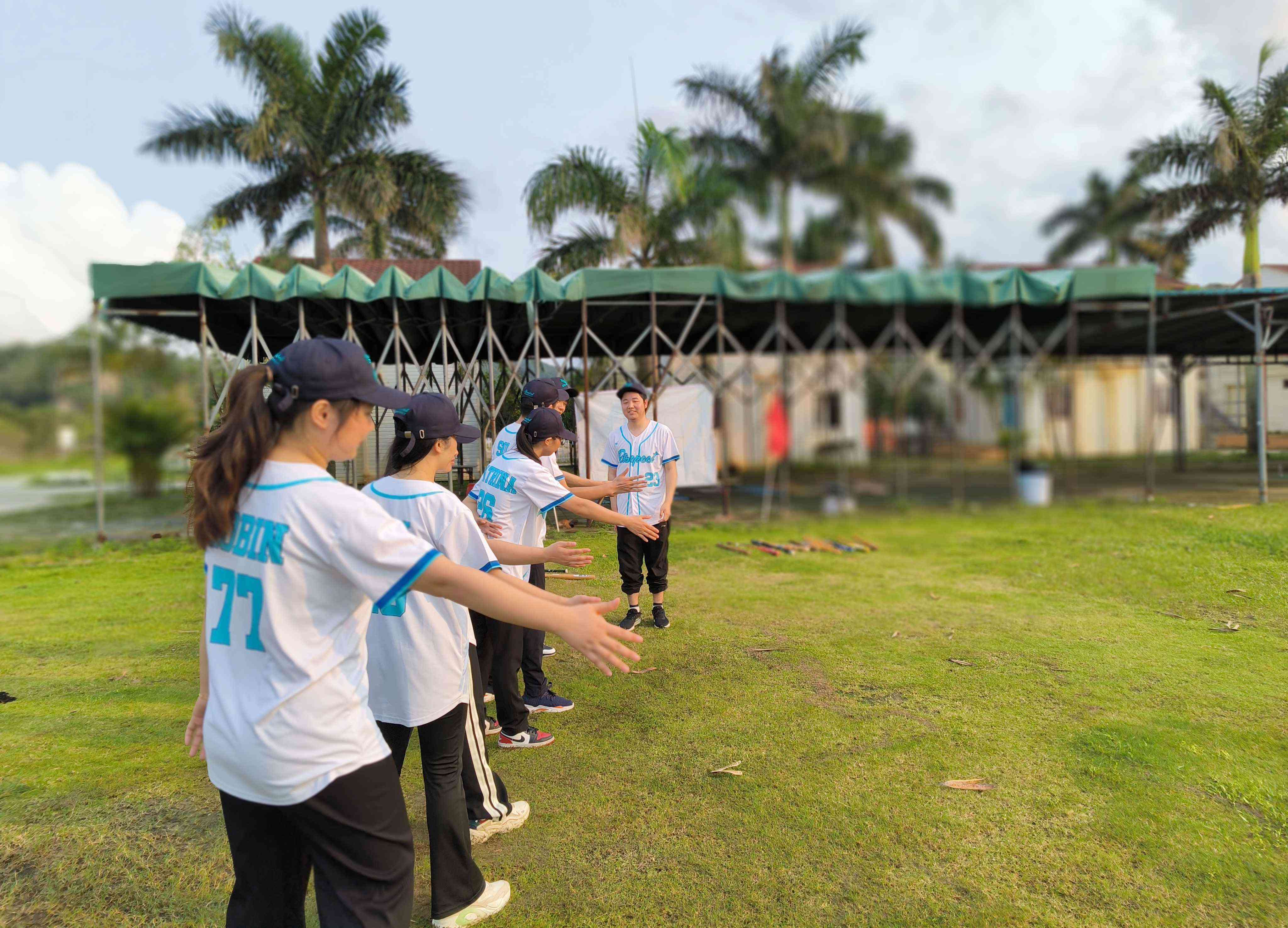
Formation of Major Leagues: The NA was replaced by the National League (NL) in 1876, which became the first successful major professional league. The American League (AL) was established in 1901, leading to the formation of Major League Baseball (MLB) as we know it today.
Expansion and Integration: Baseball continued to grow in popularity throughout the 20th century, with the addition of new teams, expansion into new markets, and the integration of African American players. Jackie Robinson famously broke the color barrier in 1947 when he joined the Brooklyn Dodgers.
Modern Era: In the latter half of the 20th century and into the 21st century, baseball has evolved with changes in technology, player training methods, and business practices. Expansion, globalization, and advancements in broadcasting have further cemented baseball's status as a major international sport.
Throughout its history, baseball has undergone continuous development, with changes to rules, equipment, and playing styles shaping the game into the beloved sport it is today.
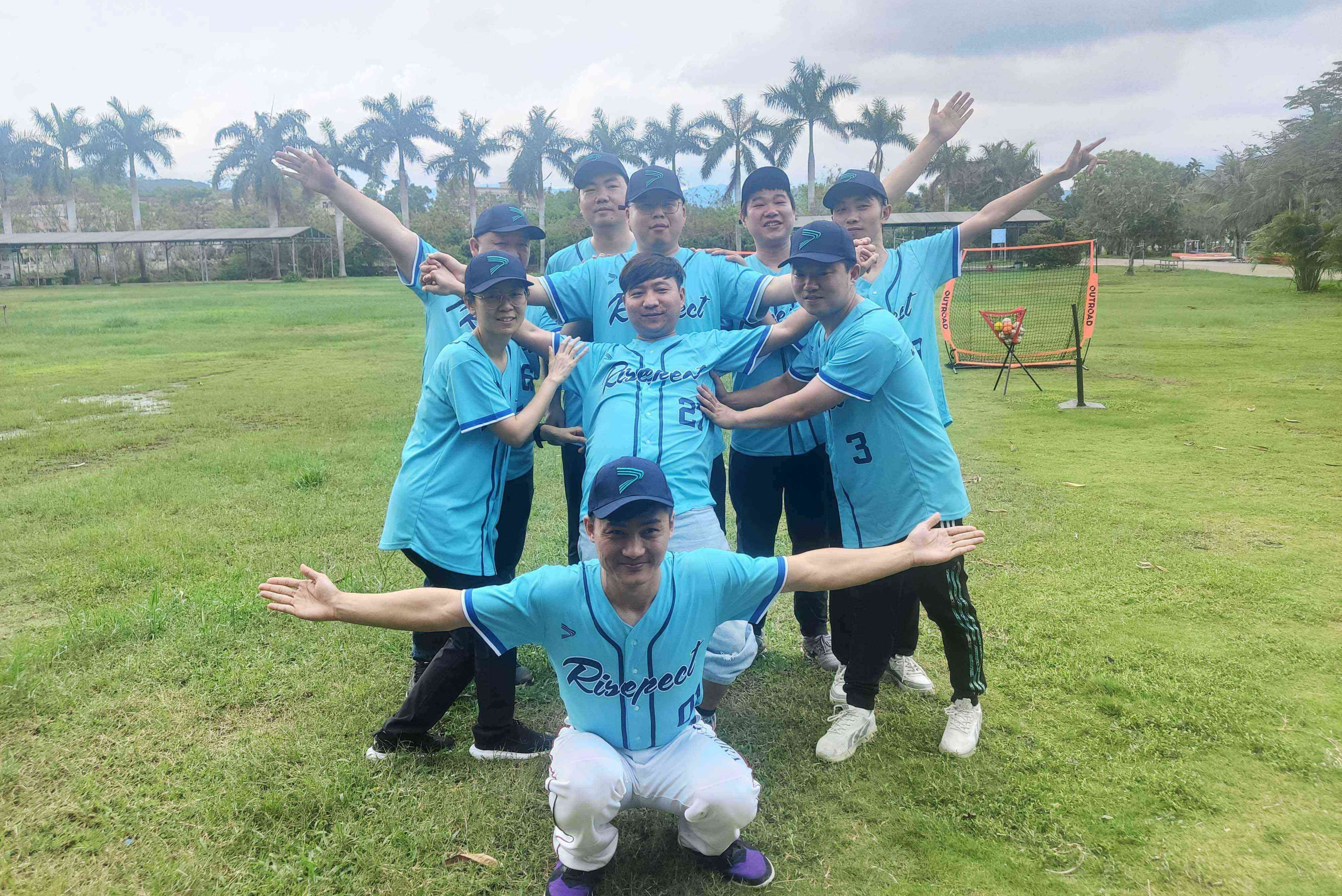
Objective: The objective of baseball is for one team to score more runs than the opposing team by hitting a ball and running around a series of bases in a counter-clockwise direction.
Field Layout: A baseball field consists of an infield, outfield, and foul territory. The infield includes bases (first, second, and third) arranged in a diamond shape, with home plate at the center. The outfield surrounds the infield, and foul territory extends beyond the baselines.
Players: Each team typically has nine players on the field at a time, including a pitcher, catcher, infielders (first baseman, second baseman, shortstop, and third baseman), and outfielders (left fielder, center fielder, and right fielder).
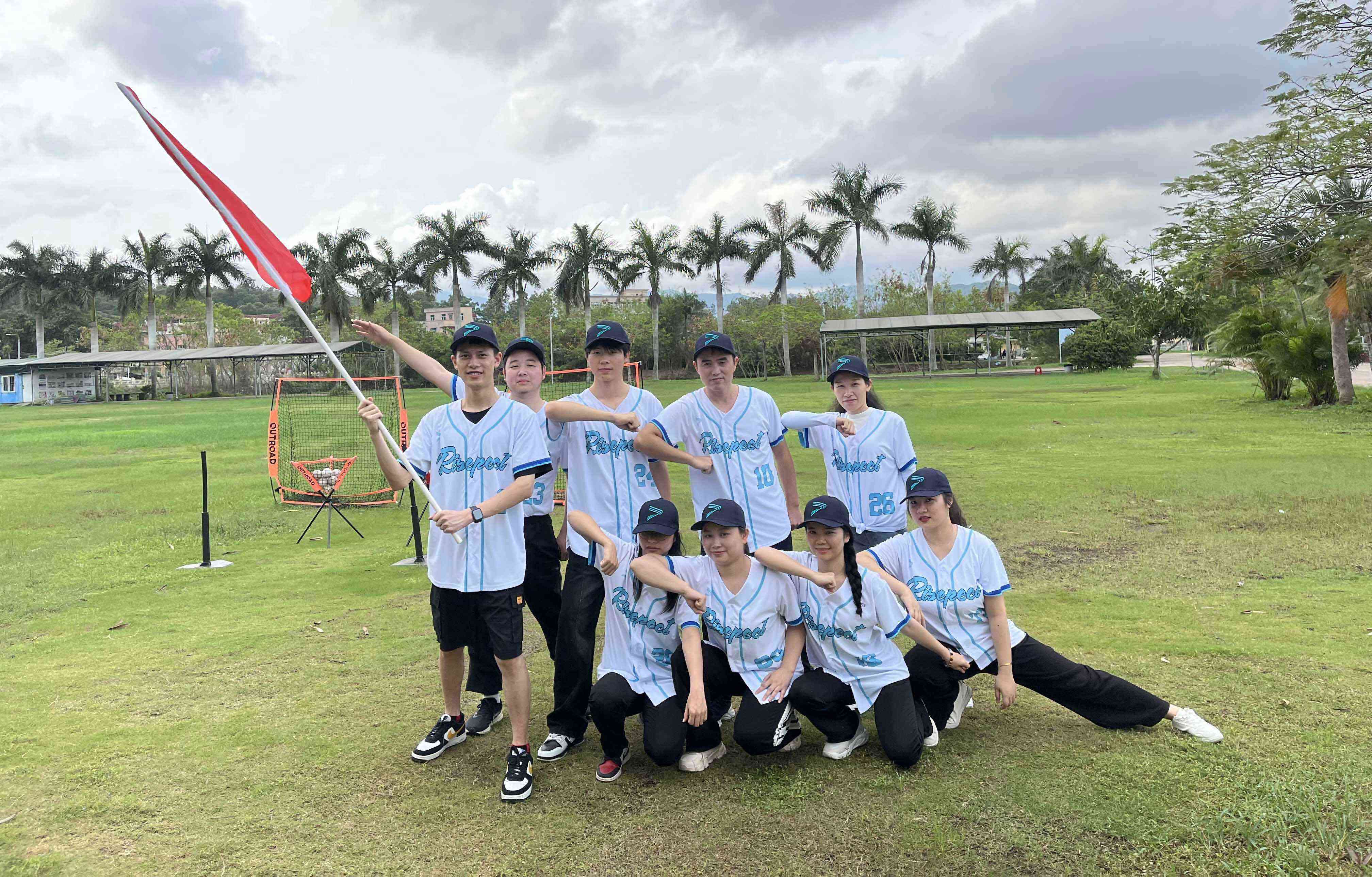
Pitching: The pitcher stands on a raised mound in the center of the infield and throws the ball towards home plate. The ball must pass over home plate and be within the strike zone for a called strike. If the batter swings and misses or does not swing at a pitch within the strike zone, it is also considered a strike.
Batting and Running: The batter stands in the batter's box adjacent to home plate and attempts to hit the pitched ball with a bat. If the batter hits the ball into fair territory, they must run to first base and continue to run around the bases in a counter-clockwise direction. Runners advance to the next base when the ball is hit safely and must touch each base in order.
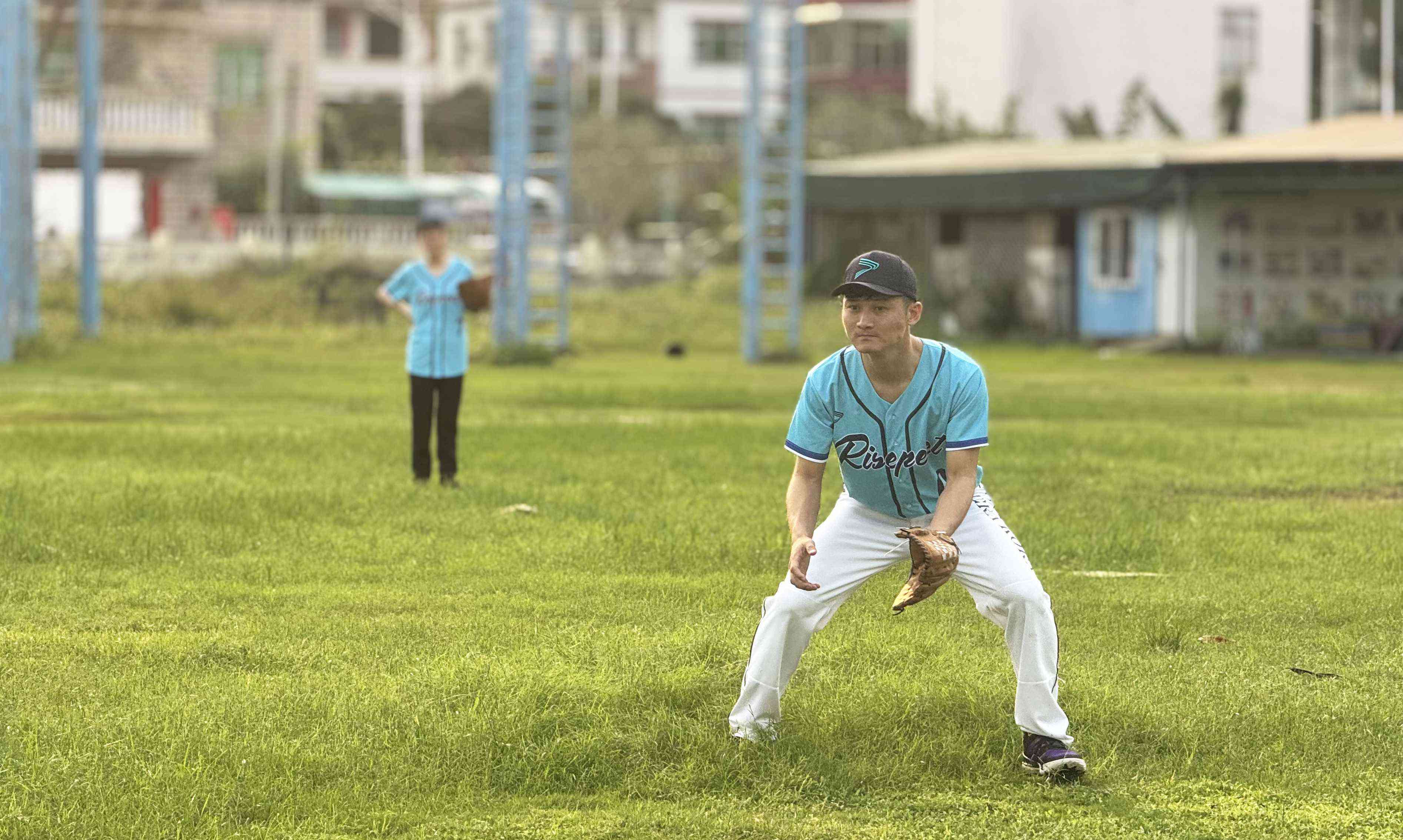
Scoring: A run is scored when a runner successfully advances around all four bases and touches home plate before the defensive team can record three outs. Runs can also be scored by hitting a home run, where the batter hits the ball out of the playing field.
Outs: An out is recorded when a defensive player catches a batted ball before it touches the ground (a fly out), tags a baserunner with the ball while the runner is not on a base (a tag out), or throws the ball to a base before the runner reaches it (a force out). Each team is allowed three outs per inning.
Innings: A standard baseball game consists of nine innings, with each team having a turn to bat and play defense in each inning. If the game is tied after nine innings, extra innings may be played until a winner is determined.

The appearance of baseball players and the field contribute to the overall aesthetic of the sport. Here's an overview of the appearance elements in baseball:
Uniforms: Baseball players typically wear uniforms consisting of a jersey, pants, socks, and a cap. The design and color scheme of the uniform often represent the team's identity and branding. Teams may have home and away uniforms, as well as alternate jerseys for special occasions.
Jerseys: Baseball jerseys are usually button-up and feature the team's name or logo on the front, along with a player's number. The player's last name may also appear on the back of the jersey. Jerseys are made from lightweight, breathable materials to provide comfort during gameplay.
Pants: Baseball pants are typically made of durable, stretchy fabric and are worn just below the knee. They often feature piping or stripes down the sides in the team's colors. Some players wear stirrup socks, which have a distinctive striped design, while others wear solid-colored socks that match the pants.
Caps: Baseball caps are an iconic part of the sport's appearance. They feature the team's logo on the front and are worn by players and coaches during games. Caps help shield players' eyes from the sun and also serve as a form of team identification.
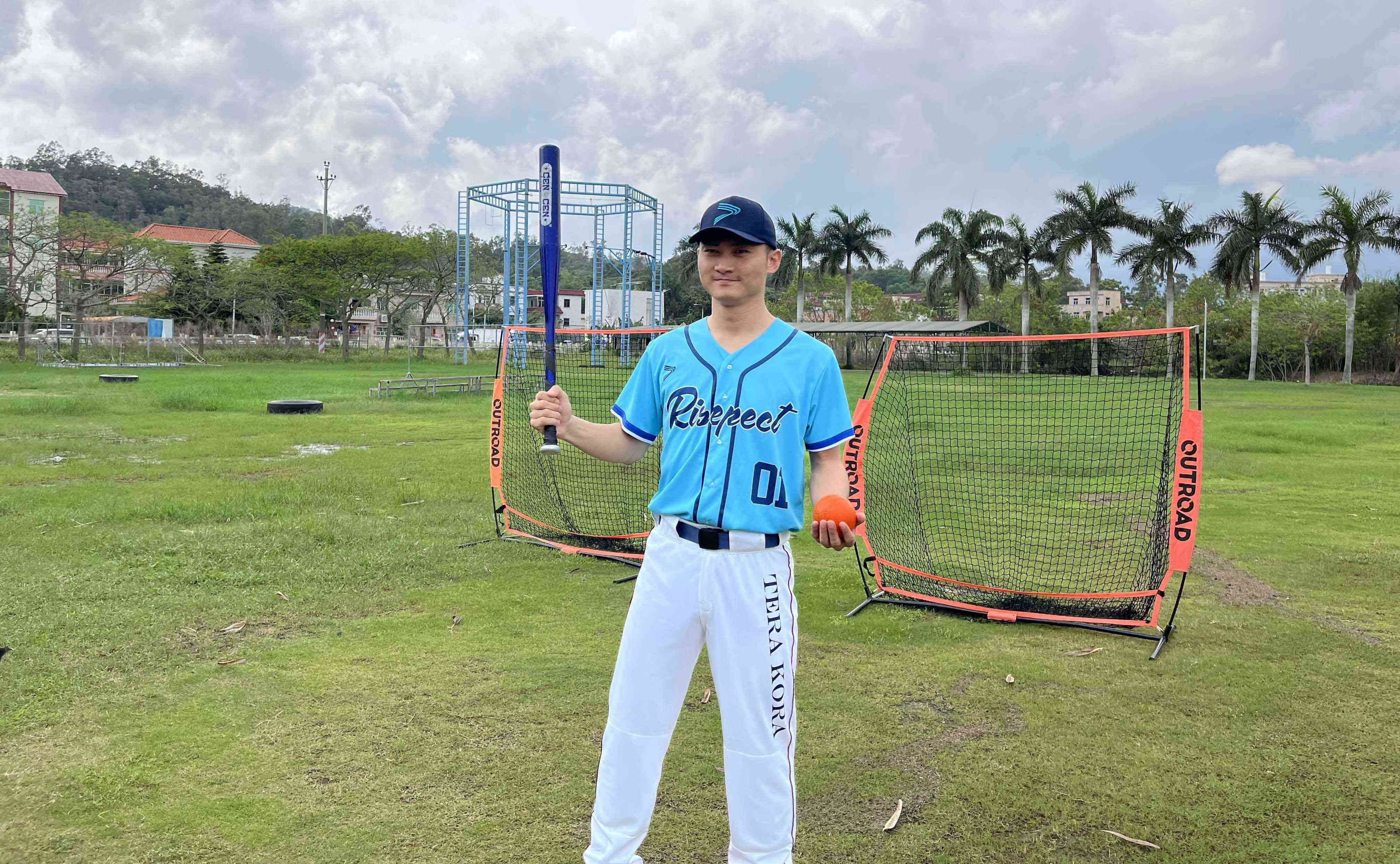
Equipment: Baseball players use a variety of equipment, including bats, gloves, batting helmets, and protective gear. Bats come in different lengths and weights, while gloves are designed to fit the player's position on the field. Batting helmets are worn for safety when batting, and protective gear such as shin guards and chest protectors are worn by catchers.
Field: The appearance of the baseball field is also important. The infield is typically made of dirt, while the outfield is covered in grass. The bases are placed at specific distances from each other, and foul lines extend from home plate to the outfield fence. The outfield fence may feature advertisements or team logos.
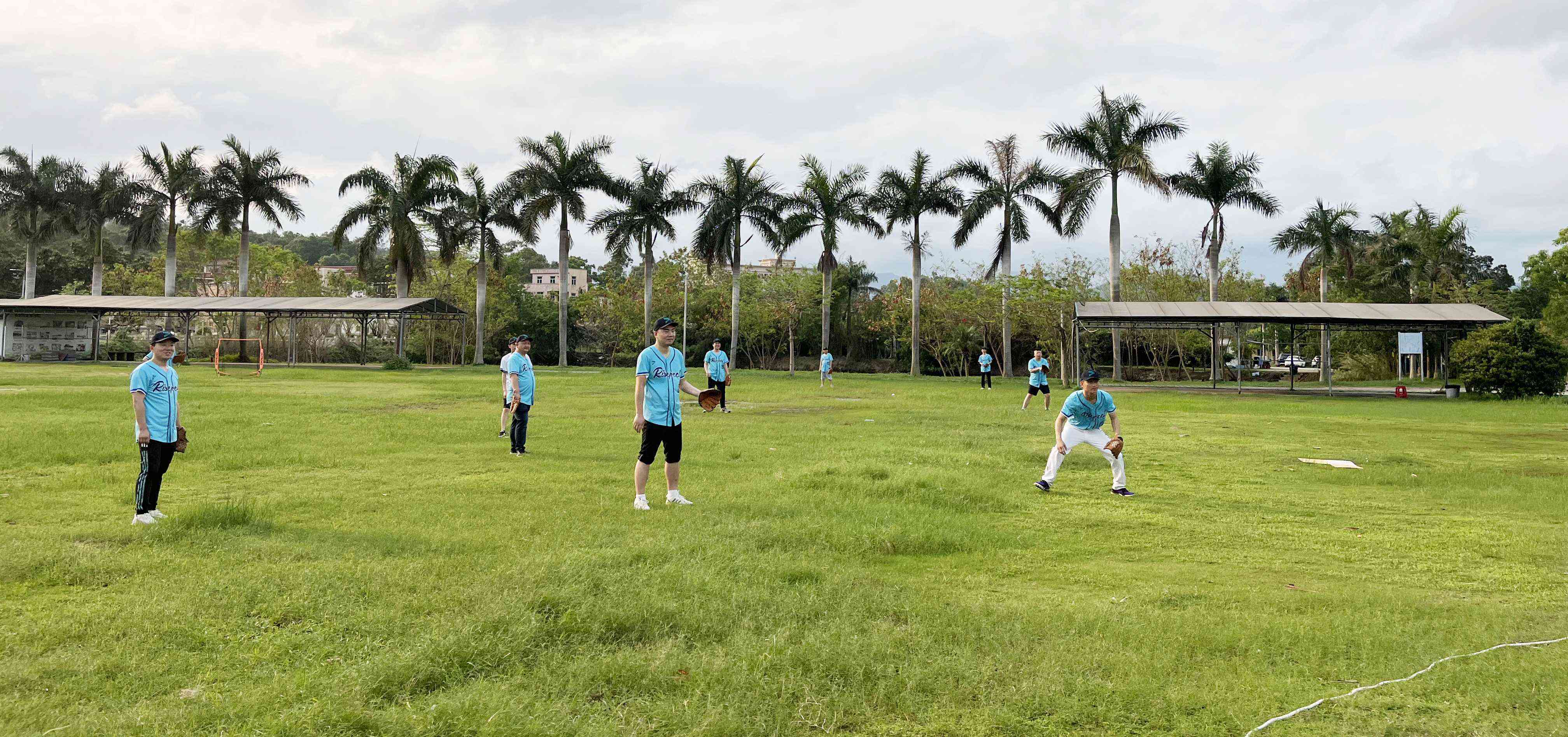
Dugouts: Players and coaches sit in dugouts located along the baselines. Dugouts are covered areas where players can rest between innings and strategize during the game. They often have benches, bat racks, and equipment storage.
Overall, the appearance of baseball players and the field contributes to the tradition and aesthetics of the sport, creating a visually appealing experience for players and fans alike.

We produce all kinds of premier fight wear, fishing wear, team uniform, racing wear, active wear,
water sportswear and street wear
Sure besides all above we also produce many other apparel say lifestyle apparel, outdoor clothing or
school uniform please contact chris@risesportswear.com for more details.
We can do either OEM, ODM, Add logo customize, Ready design and even offer Creative artwork service so we can assist you well no matter you are a solution company, brand buyer, start-up retailor, a fight club or even one team.
Generally our MOQ is 10 pcs for each design and color but no MOQ for reorders.
Yes sure you may choose the colors from the Pantone Coated Cards.
You may also contact chris@risesportswear.com to get our latest color chart.
Yes we can not only customize the labels the swing tags but also customize other branding accessories like the waist bands the neck bindings the zippers the barcode stickers and the bags.
We accept the vector formats EPS AI PDF or high resolution graphic formats PSD JPG JPEG PNG.
3-5 days for the samples. 7-15 days for the bulk orders.
3-5 days fast door to door for the small orders
7-10 days by air and 20-30days by sea for the big orders.
No problem we can refund the sample charge once you place the bulk orders more than 100pcs so it is actually free in a long term cooperation.
Yes sure we will show the design layouts for you to confirm before the production and photos before the shipment.
We will provide you the satisfied solutions within 24 hours once you show us the quality problem photos say Remaking in a short time or Provide the discounts